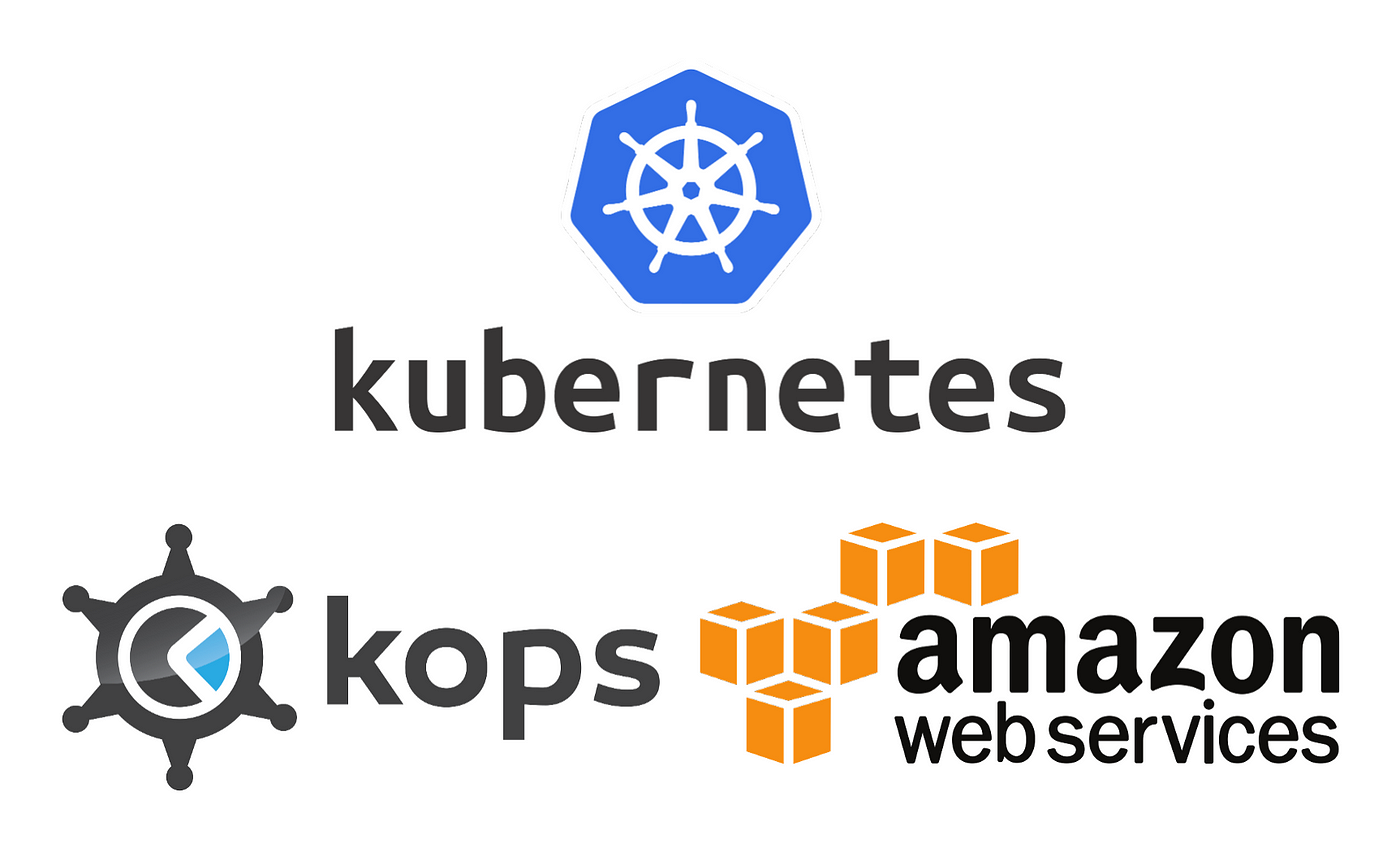Day-32 | How to Manage Hundreds of Kubernetes clusters | kops.
 Alvin macharia
Alvin macharia
In the realm of container orchestration, Kubernetes reigns supreme as the go-to platform for deploying, managing, and scaling containerized applications. As Kubernetes continues to evolve, understanding the diverse landscape of Kubernetes distributions and mastering the art of managing hundreds of Kubernetes clusters become essential skills for DevOps engineers and cloud architects alike. In this blog post, we'll embark on a journey to explore popular Kubernetes distributions and delve into strategies for efficiently managing large-scale Kubernetes deployments.
1. Popular Kubernetes Distributions:
Kubernetes distributions offer pre-packaged versions of Kubernetes along with additional tools, features, and support tailored to specific use cases and environments. Some popular Kubernetes distributions include:
Google Kubernetes Engine (GKE): GKE is a managed Kubernetes service offered by Google Cloud Platform (GCP). It provides a fully managed environment for deploying, managing, and scaling Kubernetes clusters, with integrated monitoring, logging, and security features.
Amazon Elastic Kubernetes Service (EKS): EKS is a managed Kubernetes service provided by Amazon Web Services (AWS). It allows users to run Kubernetes clusters on AWS infrastructure, leveraging AWS services like IAM, VPC, and CloudWatch for enhanced security and monitoring.
Azure Kubernetes Service (AKS): AKS is a managed Kubernetes service offered by Microsoft Azure. It simplifies the deployment and management of Kubernetes clusters on Azure, with built-in integration with Azure Active Directory (AAD), Azure Monitor, and other Azure services.
OpenShift: OpenShift is an enterprise Kubernetes platform developed by Red Hat. It extends Kubernetes with additional features for application development, management, and automation, including built-in CI/CD pipelines, developer tools, and operator framework.
Rancher: Rancher is an open-source Kubernetes management platform that enables organizations to deploy and manage Kubernetes clusters across hybrid and multi-cloud environments. It provides centralized management, security, and observability capabilities for Kubernetes clusters.
Each Kubernetes distribution offers unique features, integrations, and support options, allowing organizations to choose the distribution that best aligns with their requirements and preferences.
2. Manage Hundreds of Kubernetes Clusters:
As organizations embrace Kubernetes for deploying microservices and cloud-native applications, managing multiple Kubernetes clusters efficiently becomes a critical challenge. Here are some strategies for managing hundreds of Kubernetes clusters effectively:
Automation and Infrastructure as Code (IaC): Use tools like Terraform, Ansible, or Kubernetes Operators to automate the provisioning and configuration of Kubernetes clusters. Infrastructure as Code principles enable consistent, repeatable deployments across multiple environments.
Centralized Management and Governance: Adopt centralized management platforms like Rancher, VMware Tanzu, or GitOps workflows with tools like Argo CD to manage and govern Kubernetes clusters at scale. Centralized management facilitates consistent policies, access controls, and configuration management across clusters.
Monitoring and Observability: Implement robust monitoring and observability solutions such as Prometheus, Grafana, and Kubernetes-native tools like Kubernetes Metrics Server and kube-state-metrics. Monitoring enables real-time visibility into cluster health, performance, and resource utilization, facilitating proactive problem detection and resolution.
Security and Compliance: Enforce security best practices and compliance standards across Kubernetes clusters using tools like Kubernetes Security Policies (PodSecurityPolicy or OPA Gatekeeper), vulnerability scanners, and container image scanning solutions. Implementing security controls helps mitigate risks and ensures adherence to regulatory requirements.
Cluster Federation and Multi-Cluster Management: Explore cluster federation solutions like Kubernetes Federation v2 or multi-cluster management platforms to manage and orchestrate geographically distributed or heterogeneous Kubernetes clusters from a single control plane. Federation enables workload portability, disaster recovery, and seamless scaling across clusters.
Scalability and Resource Optimization: Optimize cluster resources and scalability by right-sizing nodes, configuring auto-scaling policies, and leveraging managed Kubernetes services with built-in scalability features. Efficient resource utilization reduces costs and improves application performance and reliability.
In conclusion, mastering Kubernetes distributions and effectively managing hundreds of Kubernetes clusters require a combination of best practices, automation, and robust tooling. By selecting the appropriate Kubernetes distribution and implementing scalable management strategies, organizations can unlock the full potential of Kubernetes for building and deploying modern cloud-native applications at scale.
Subscribe to my newsletter
Read articles from Alvin macharia directly inside your inbox. Subscribe to the newsletter, and don't miss out.
Written by
